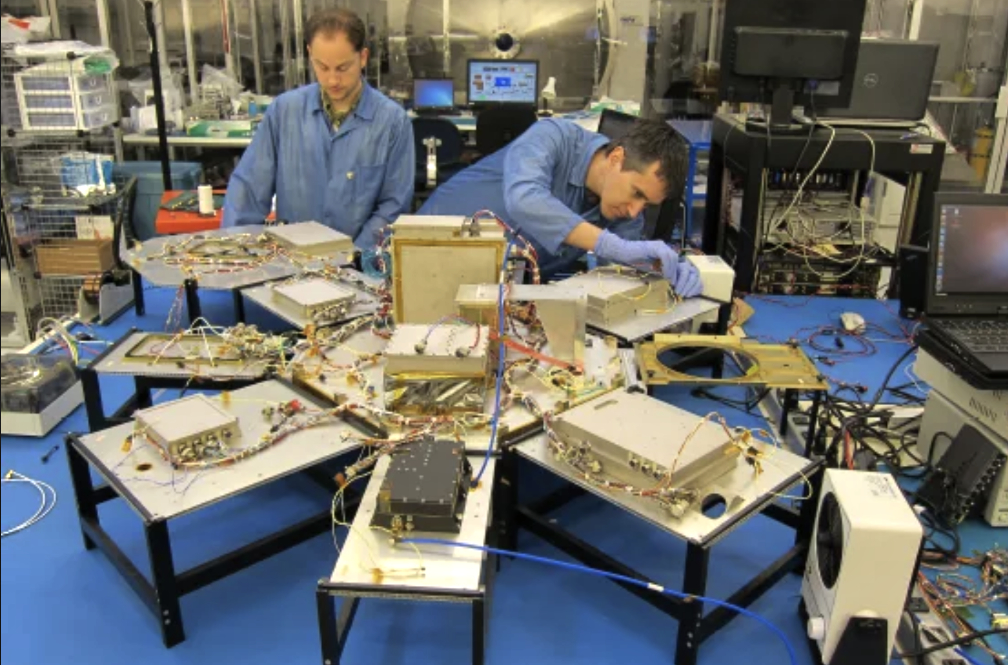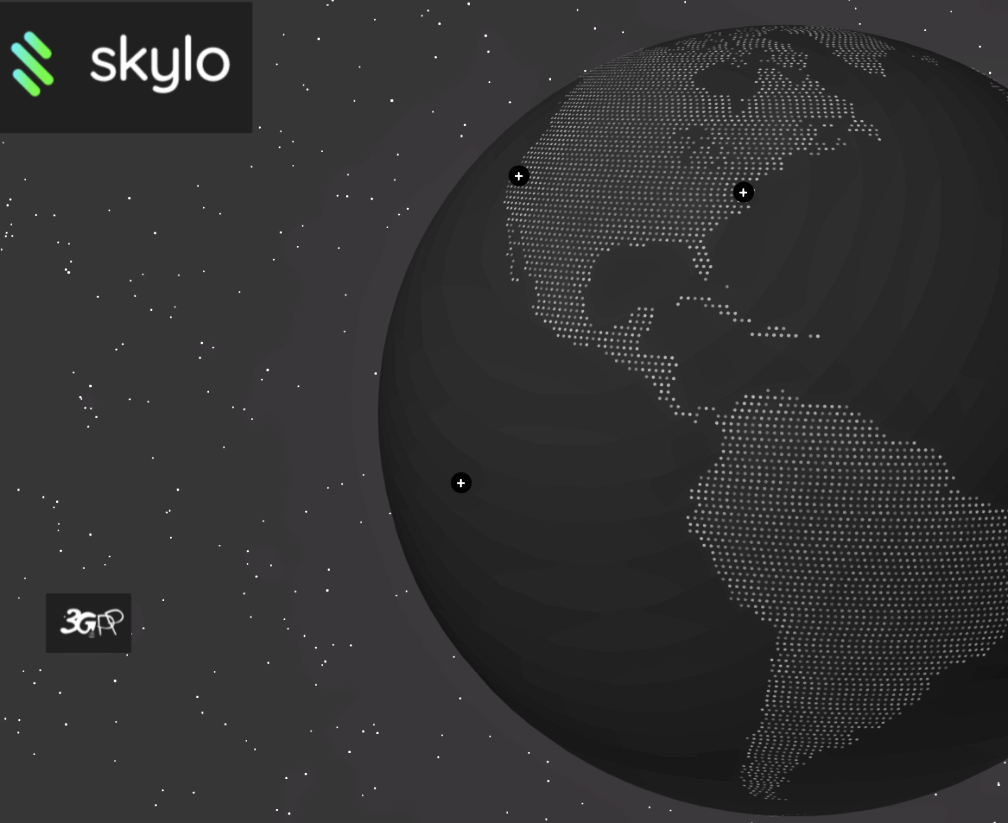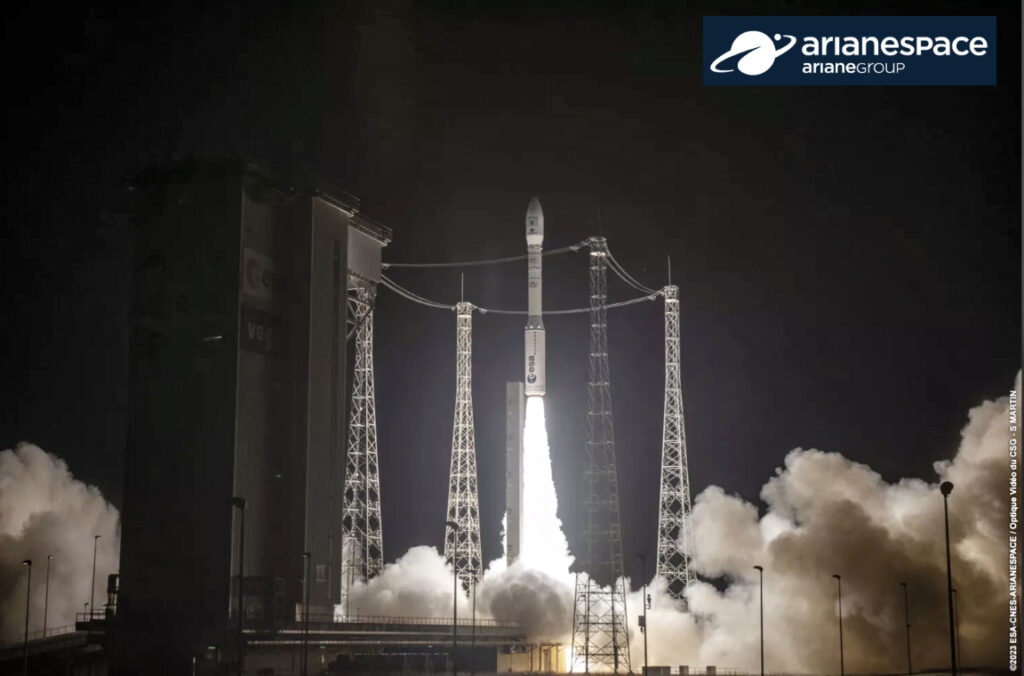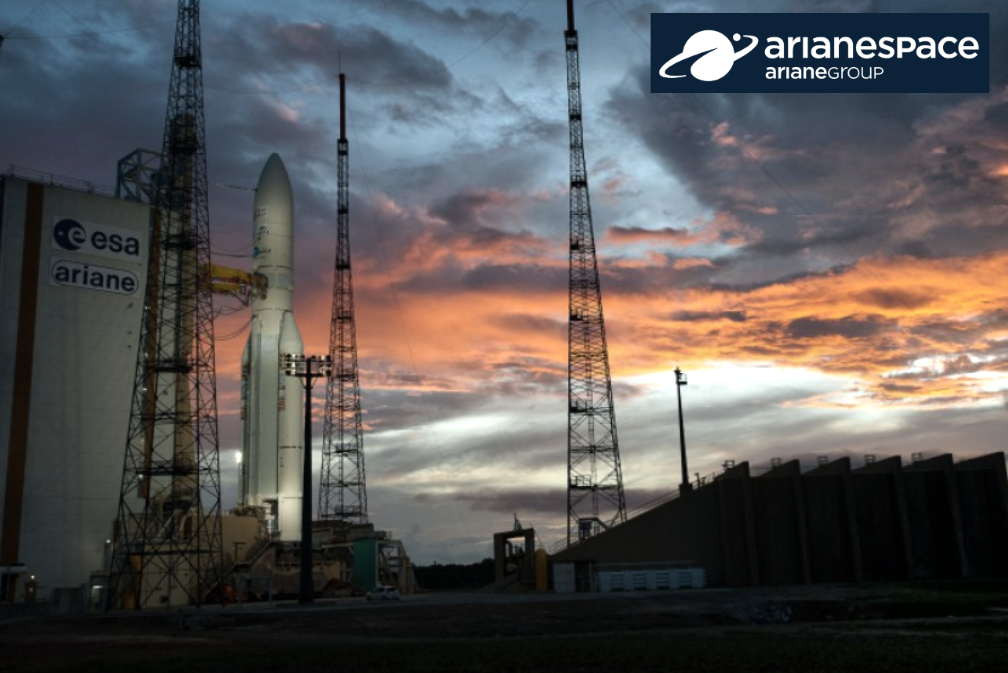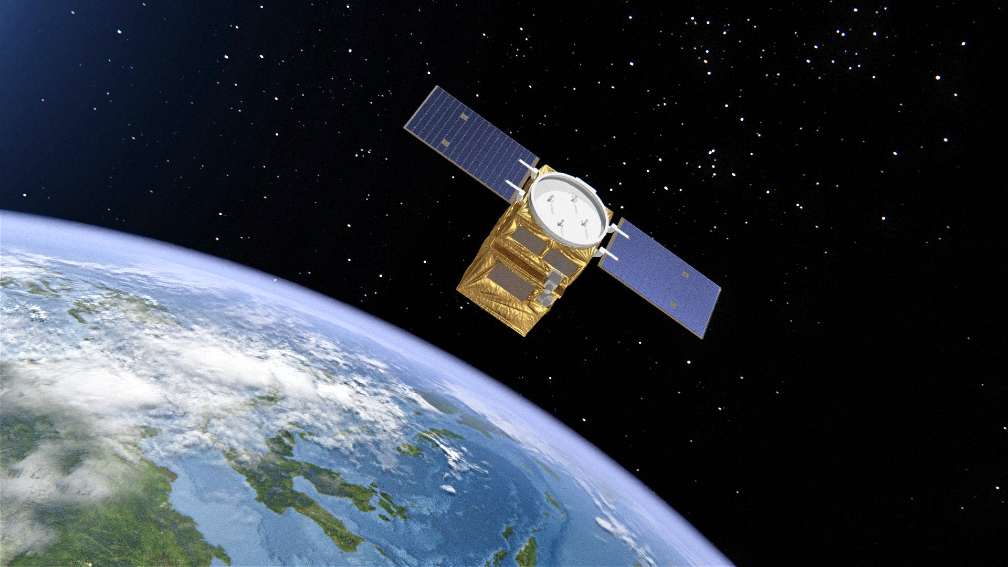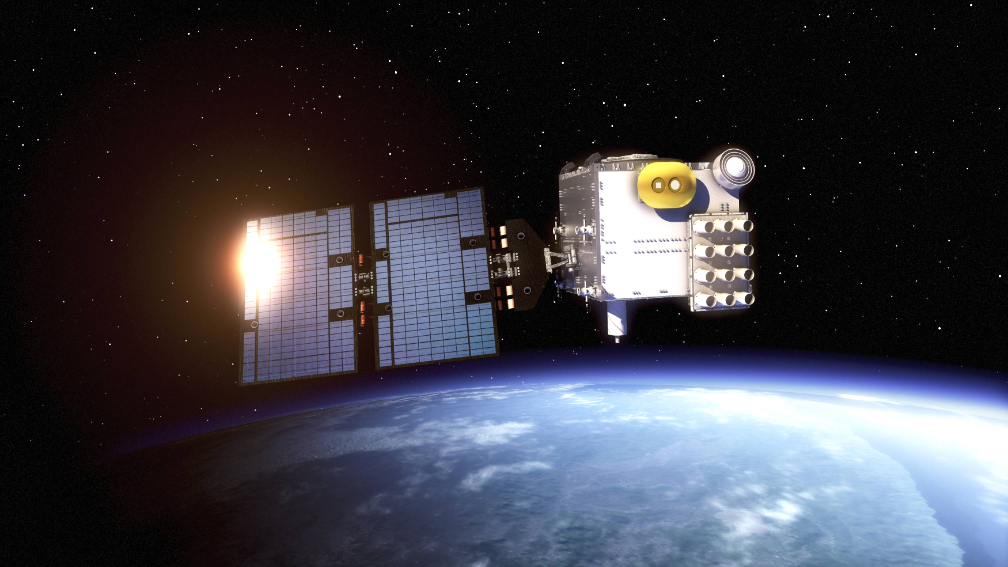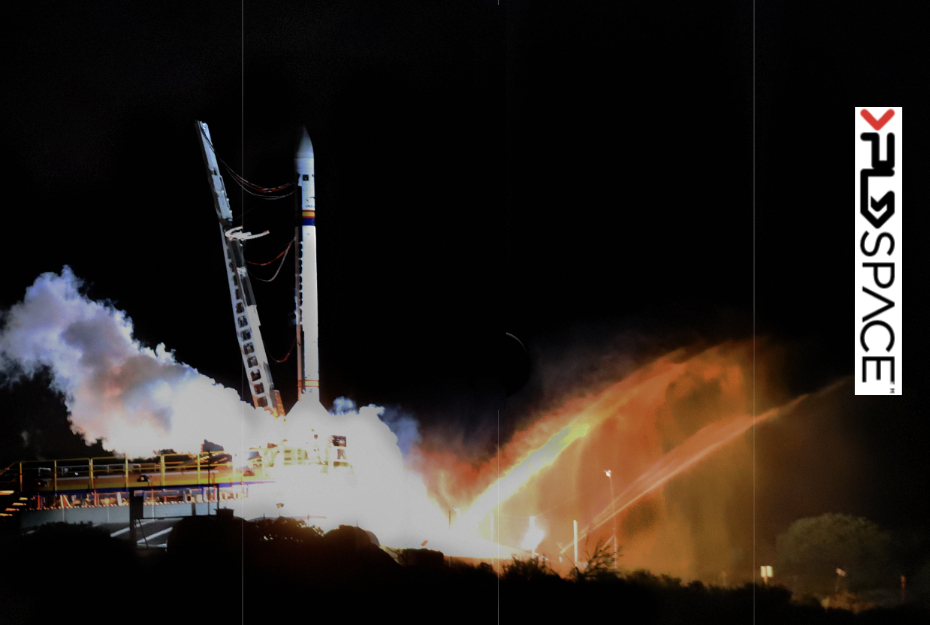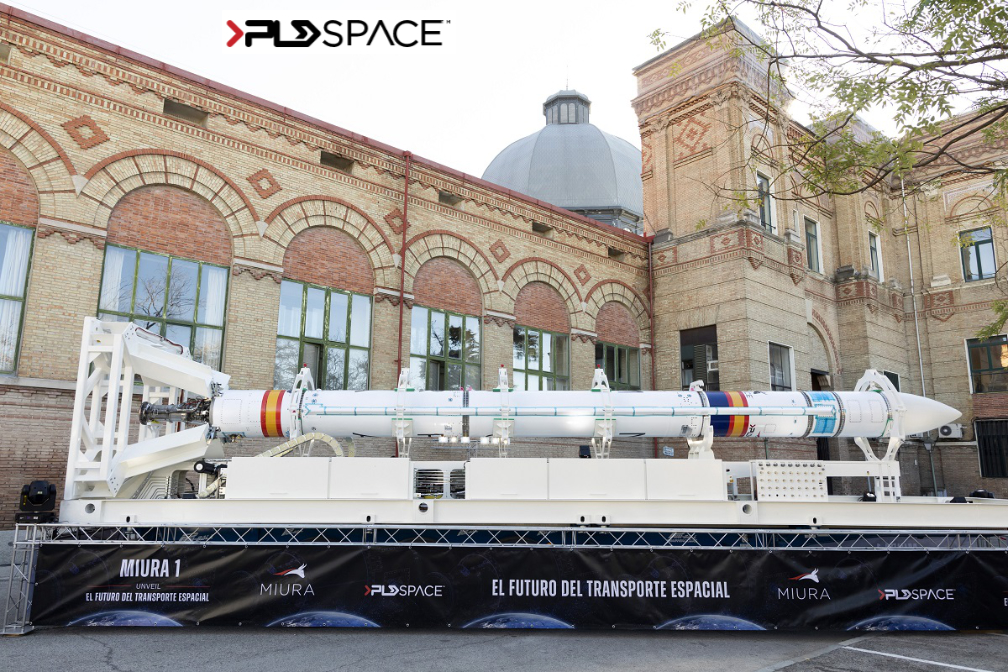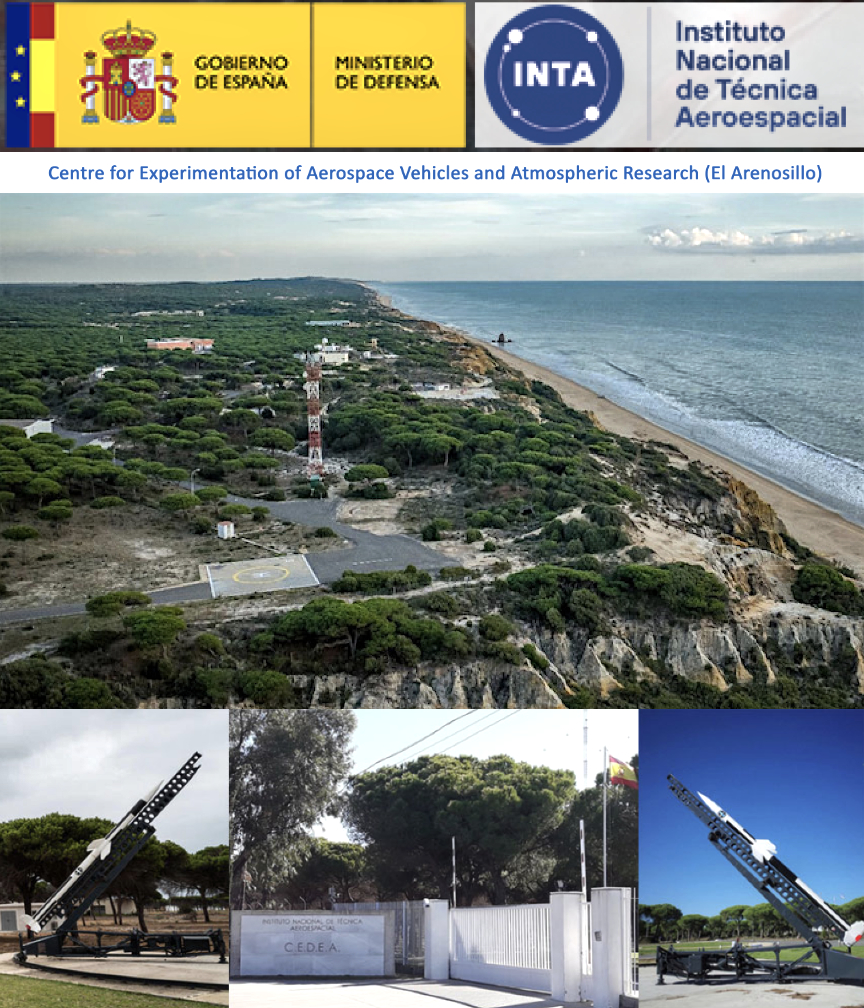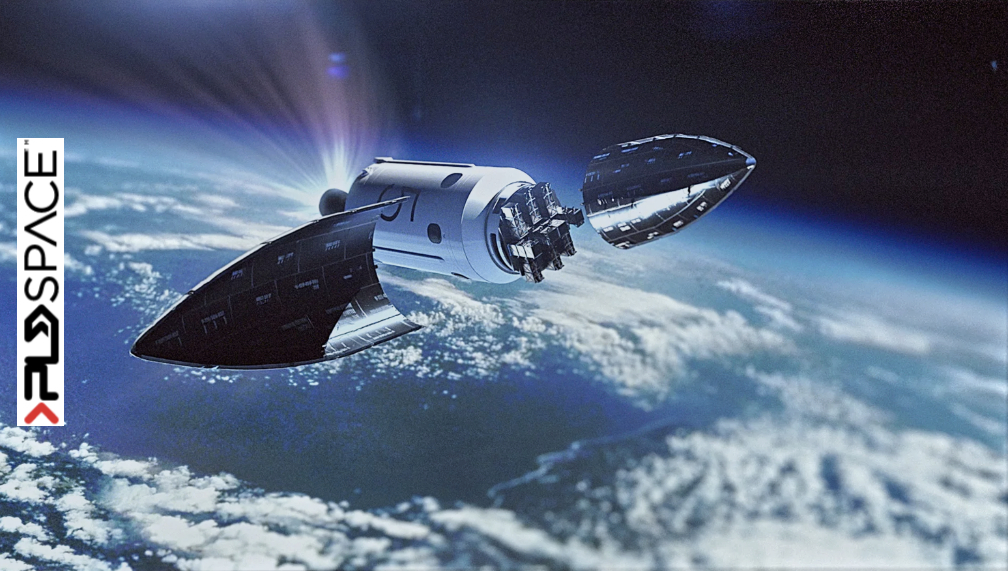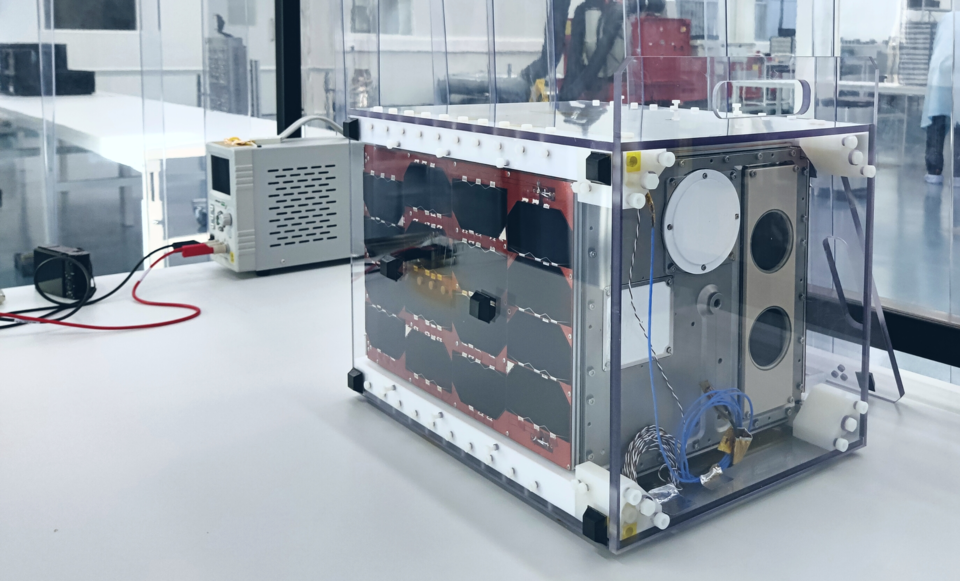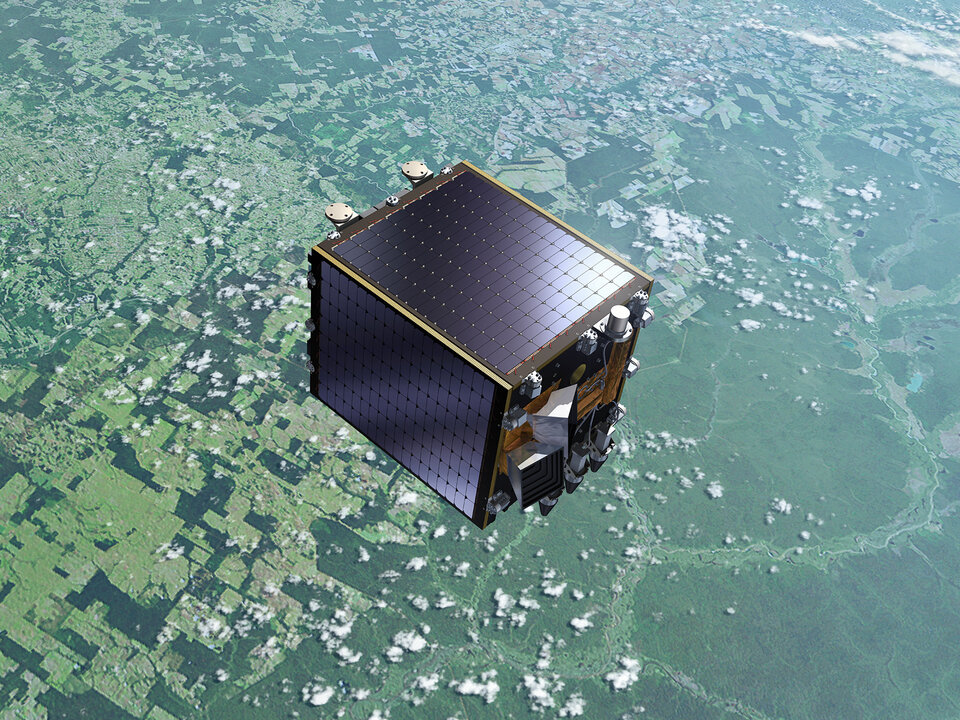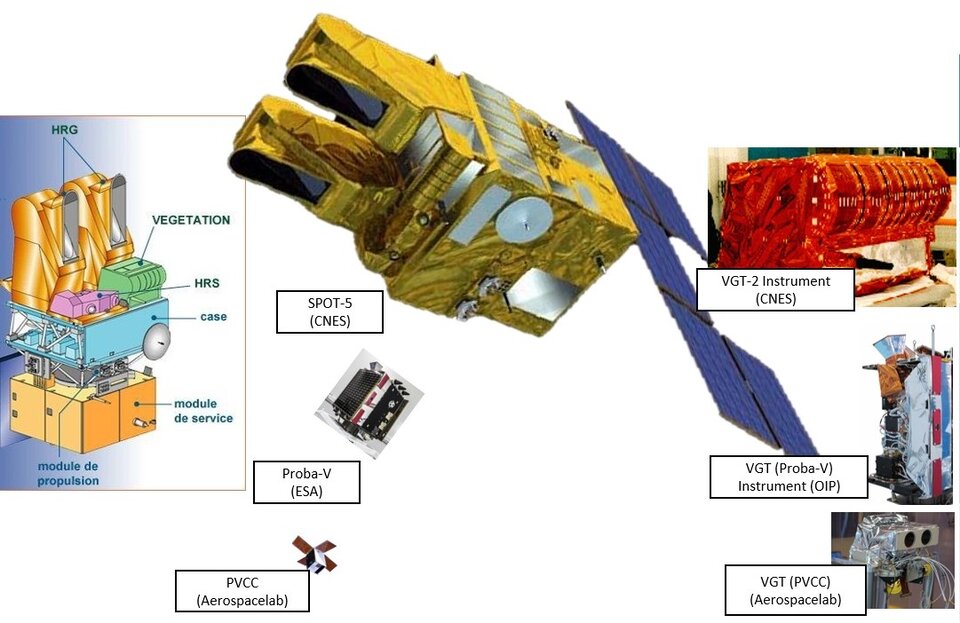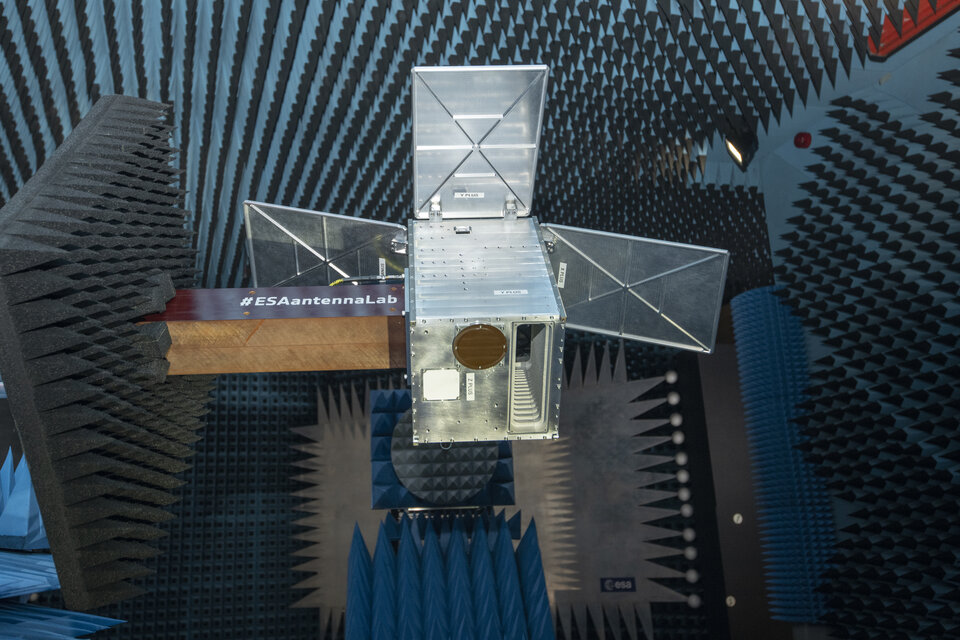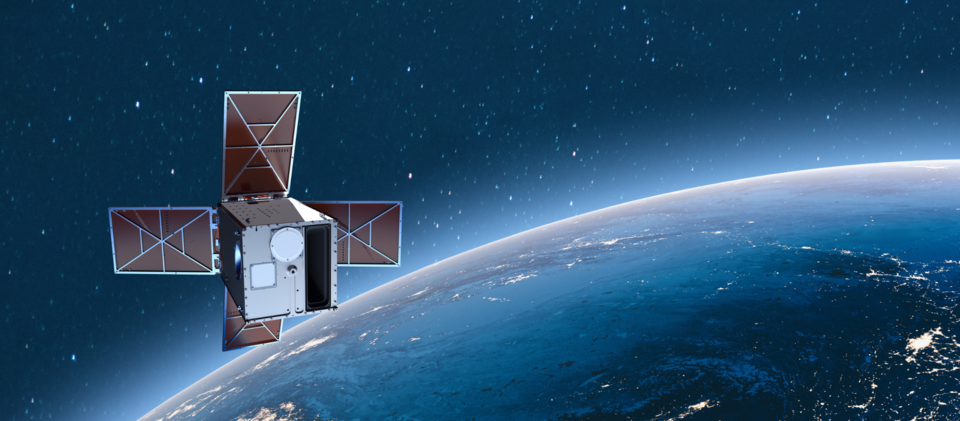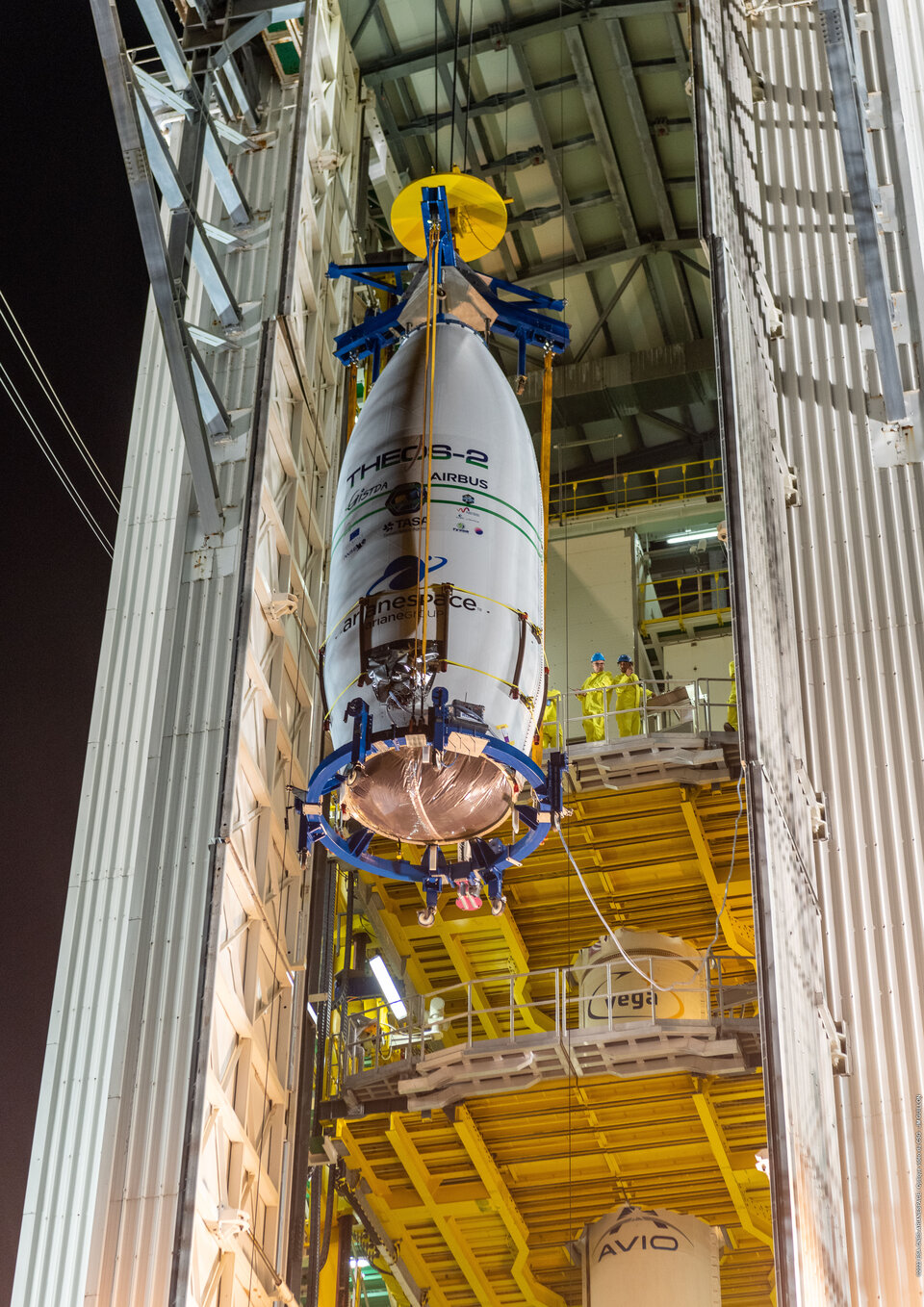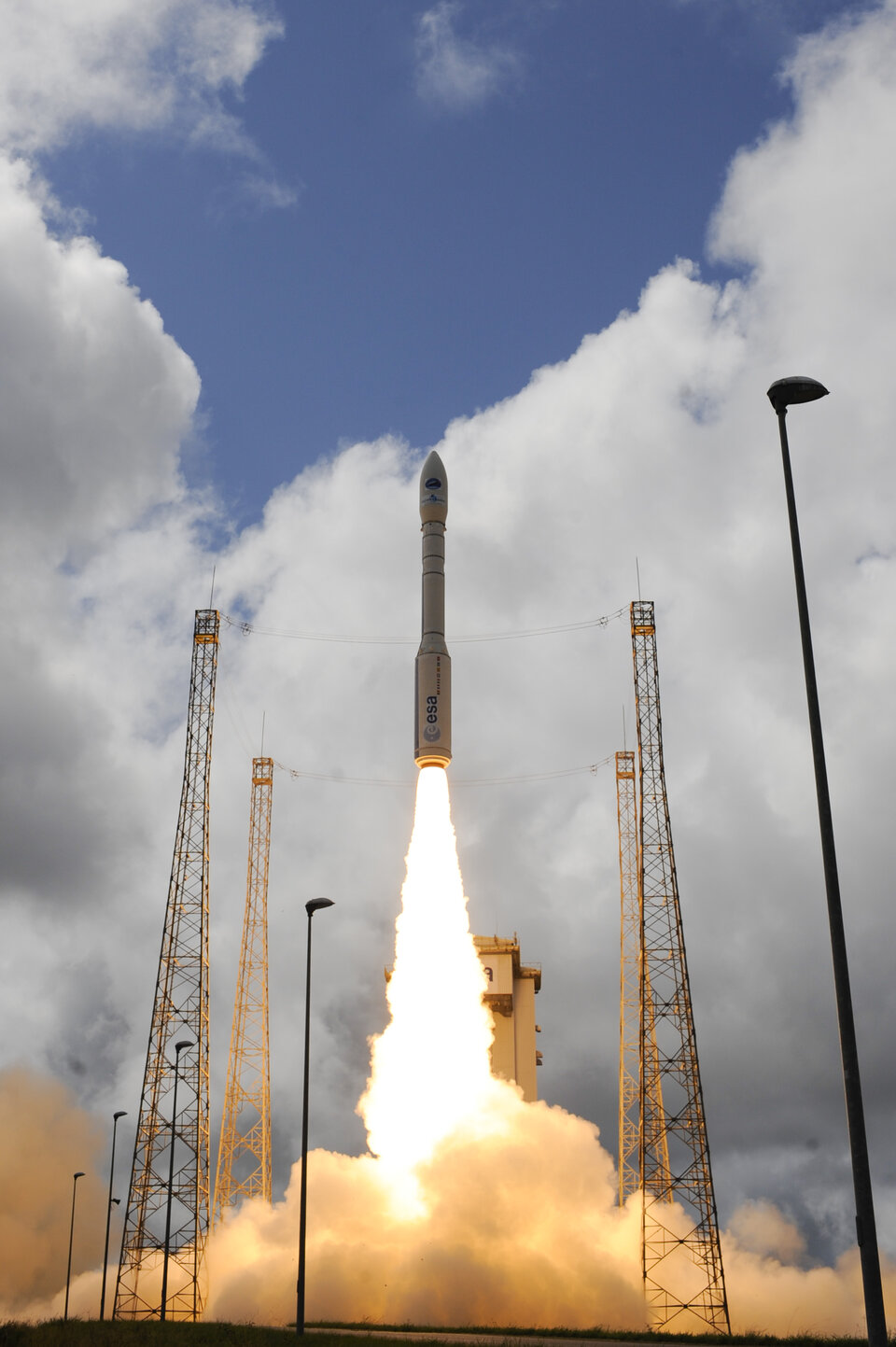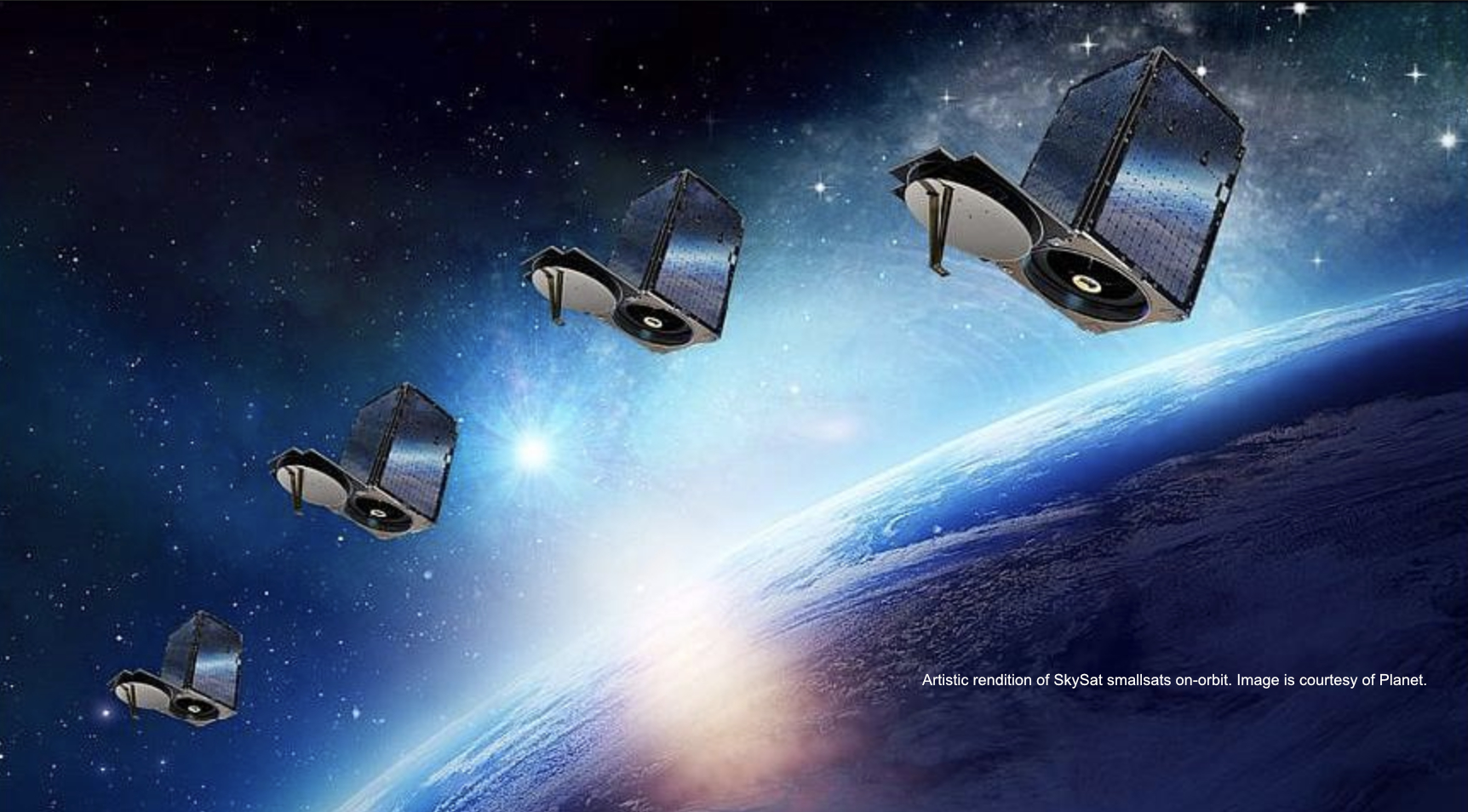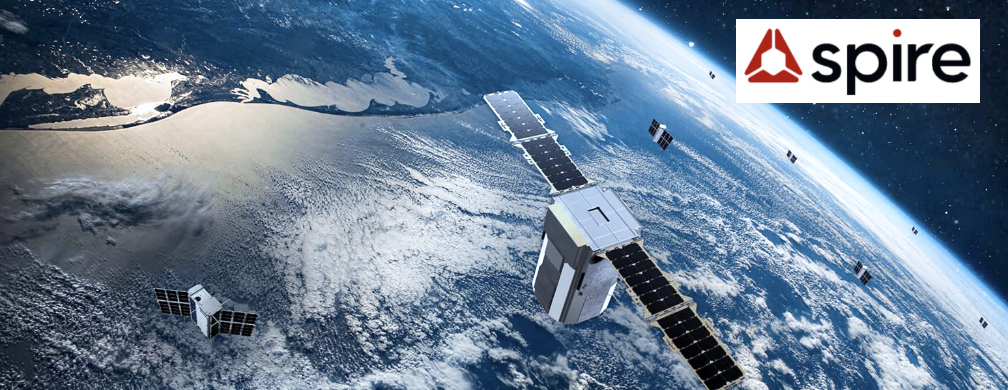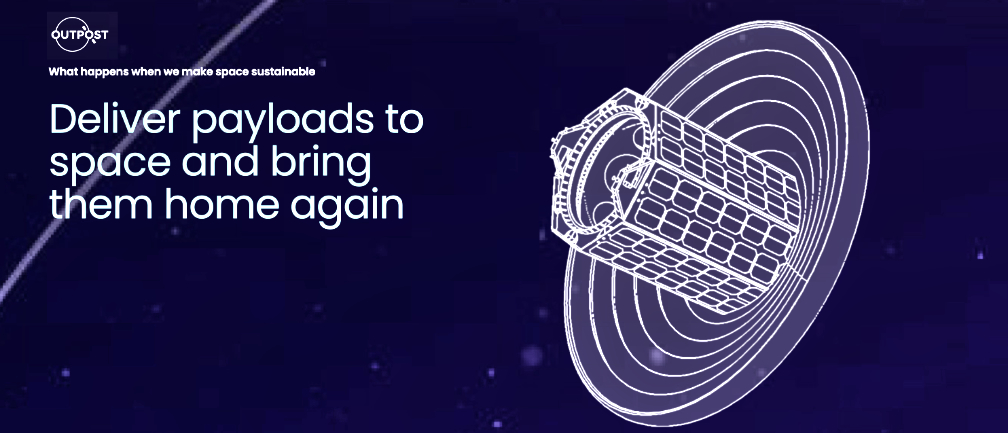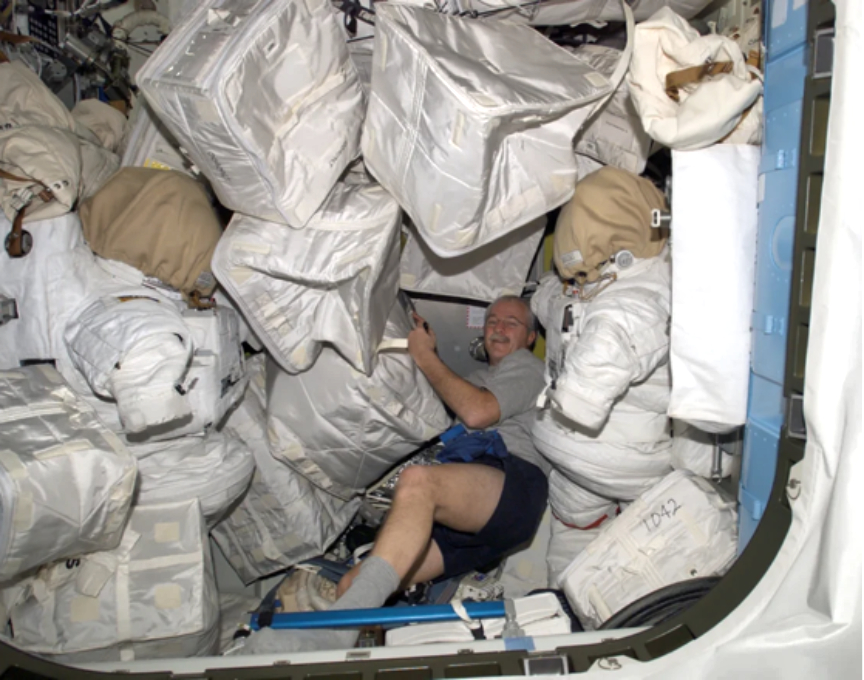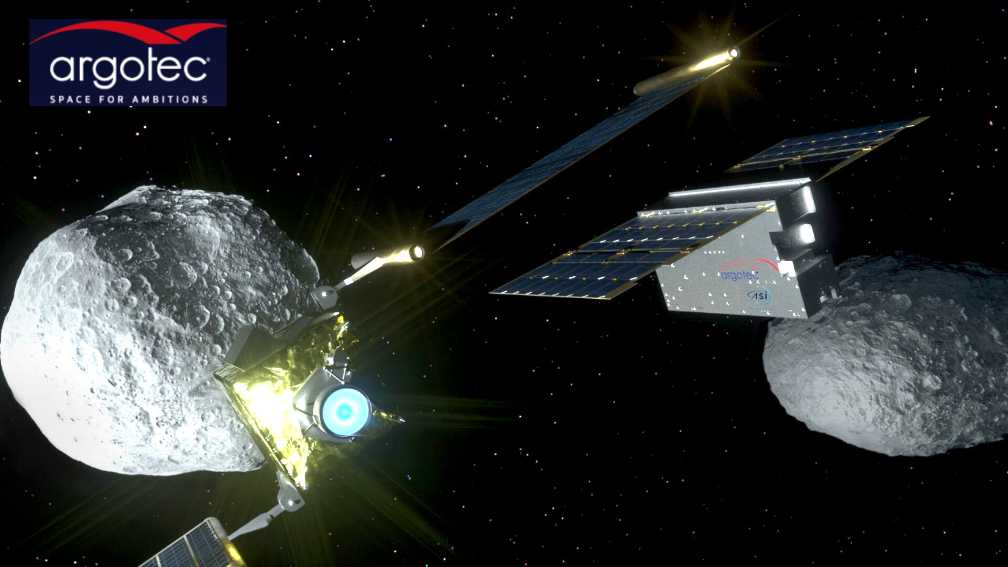
Argotec has plans for a multimillion-dollar investment to start the firm’s U.S. operations and will build a manufacturing facility in Largo, Maryland — this 20,000 sq. ft. facility will deliver approximately 100 jobs to the area and will provide a location for Argotec to design, develop, build, test and operate their satellites in the United States.
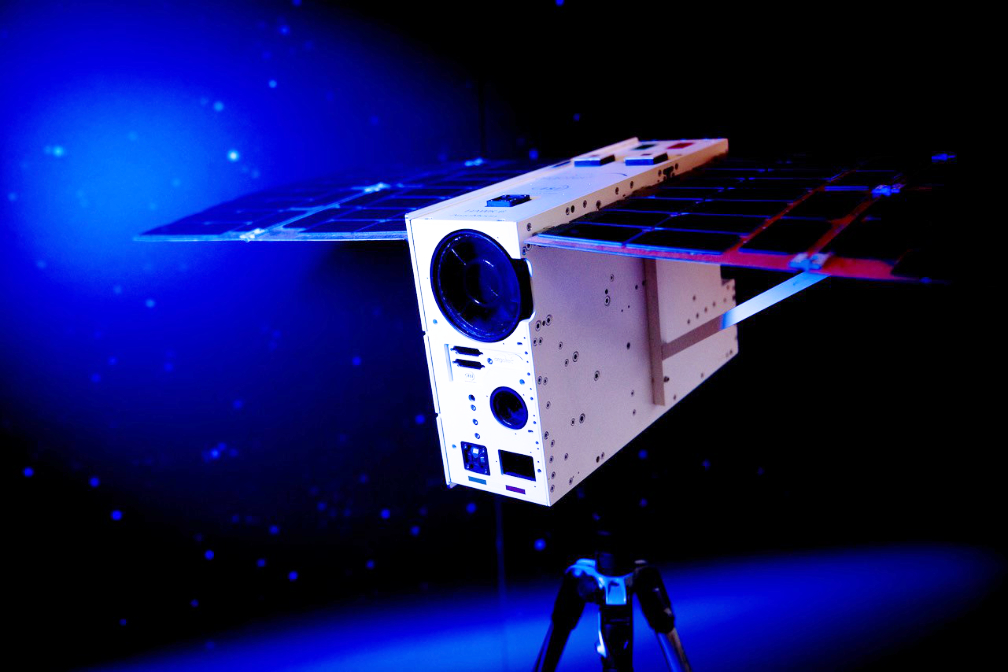
Argotec has appointed Corbett Hoenninger as U.S. managing director and he has more than 20 years of aerospace engineering experience, including projects for both civil and commercial space markets. Most recently, he served as Senior Vice President of Engineering at Sierra Space. Prior to that, he worked at NASA Johnson Space Center on the Space Shuttle and International Space Station programs.
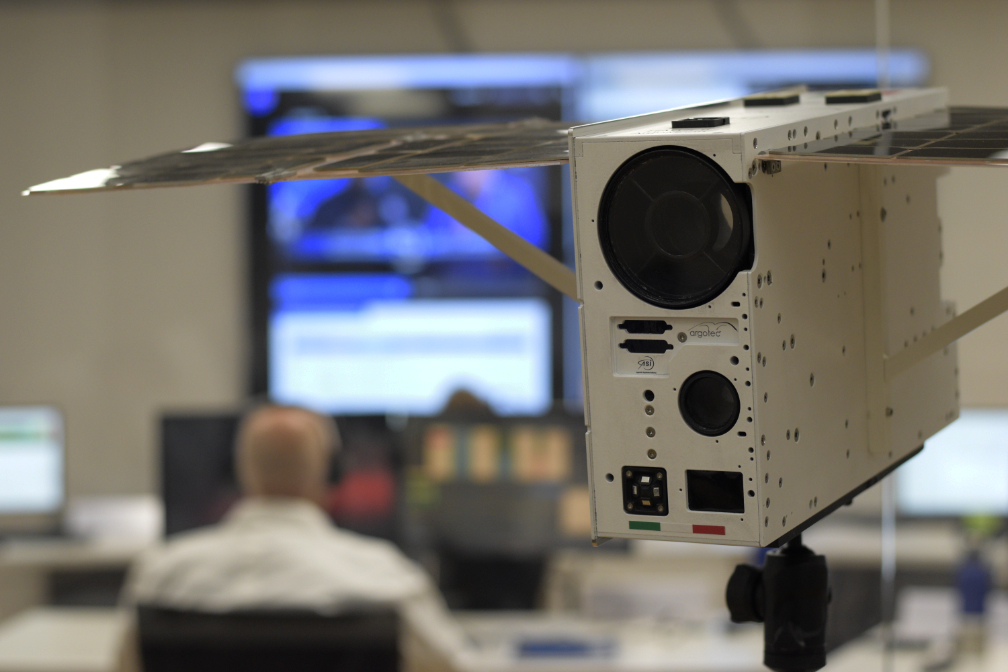
The first product to be manufactured in Argotec’s new U.S. facility will be a custom Universal Space Transponder-Lite to improve radio frequency for satellites in deep space and facilitate a planetary service relay system. This advanced space communications project is a collaboration with NASA Jet Propulsion Laboratory.
Argotec will work with the JPL team to consolidate existing UST-Lite designs and create a streamlined product that can deliver high-speed communications services in deep space. Following the prototype phase, Argotec plans to expand production of the custom UST-Lite for commercial space use and has customers already lined up for the product.
The UST-Lite, originally developed by JPL, is a Software-Defined Radio (SDR) that combines a miniaturized radio package with state-of-the-art processing capabilities. This advanced communications solution is crucial in facilitating reliable transmission and reception in planetary missions, between different sides of the Moon, and also among Earth, Moon and Mars. The UST-lite capabilities enable a multitude of additional cutting-edge technologies and make it a valuable asset for deep space exploration, where reliable communication is essential for mission success.
“It’s an exciting time for Argotec. Our recent missions with NASA, including one recognized as an AIAA Mission of the Year, have proved the reliability and performance of our satellites, and we’re ready to take that expertise to the next level with our new U.S. manufacturing facility and in our collaboration with . These activities reflect our strength and stable growth as a company and demonstrate our commitment to the U.S. market.” — David Avino, CEO and Founder, Argotec


